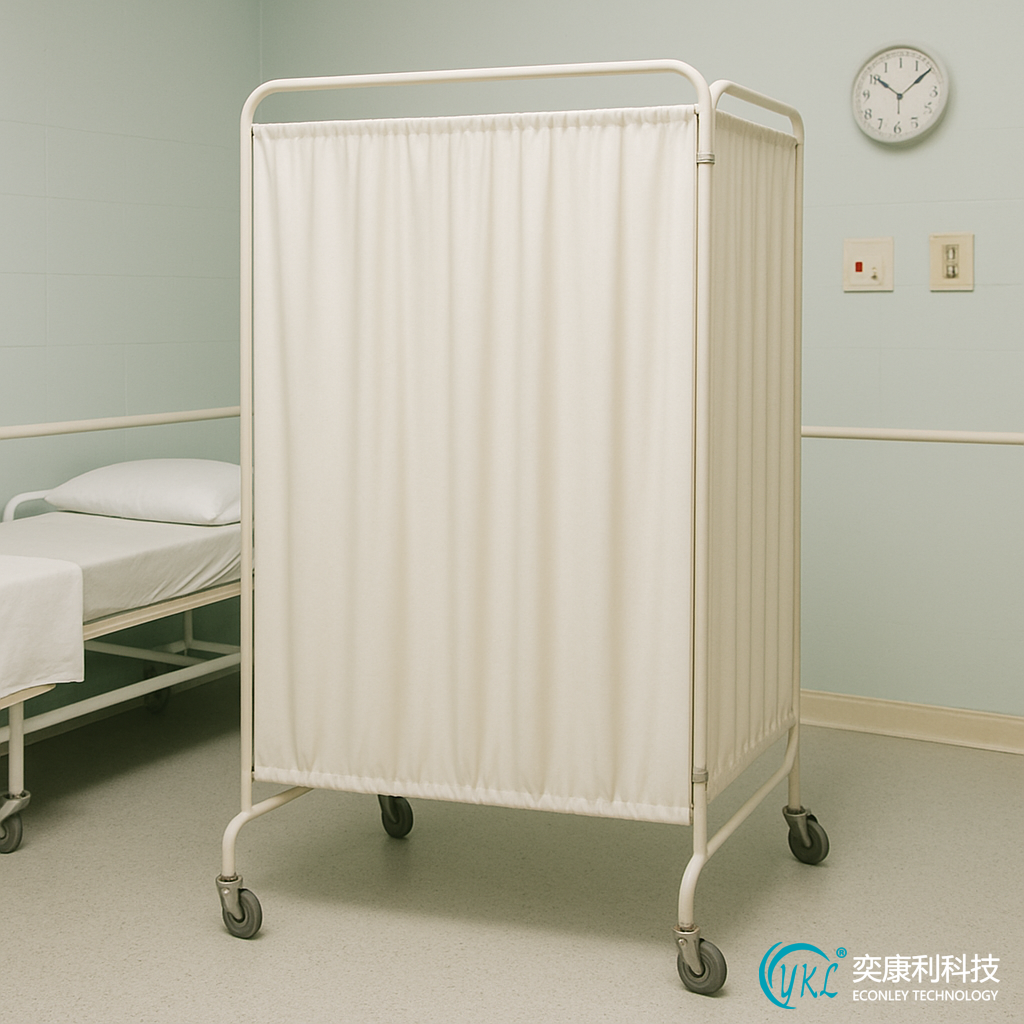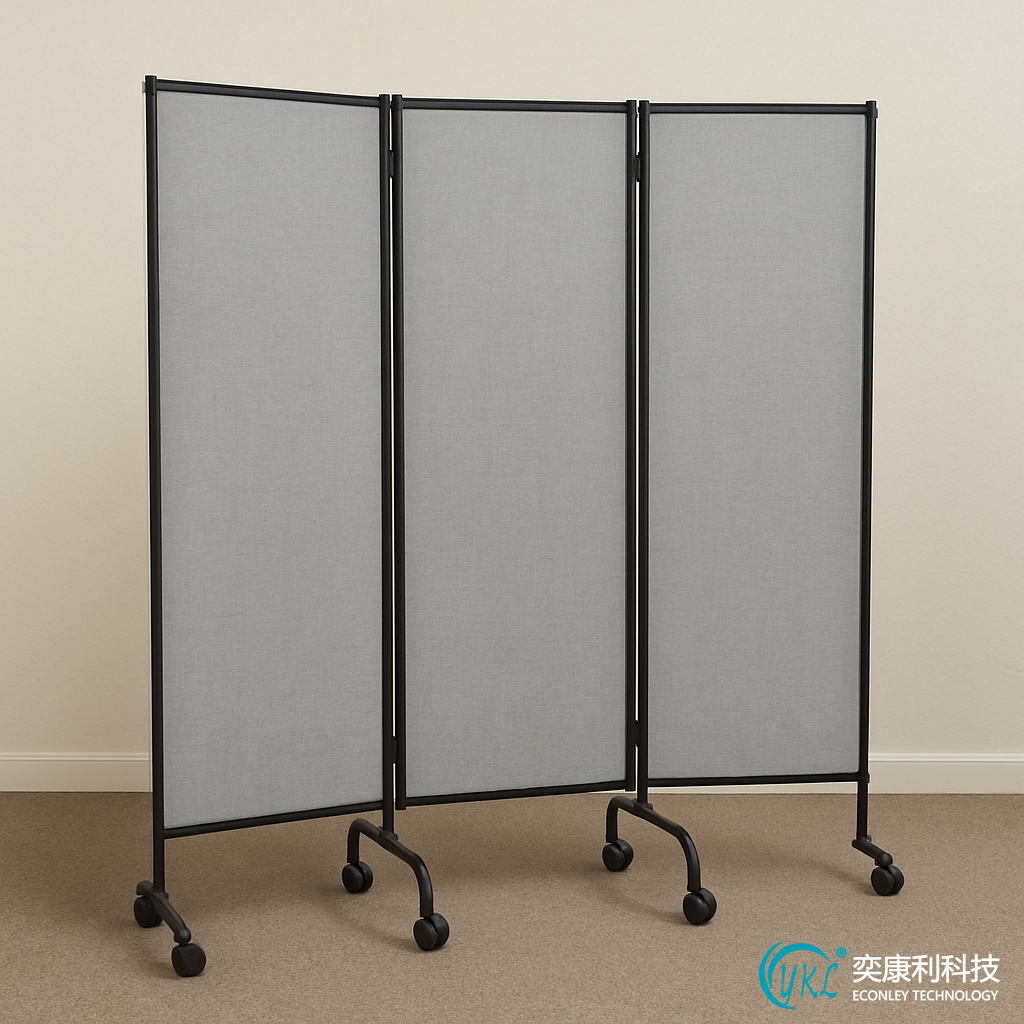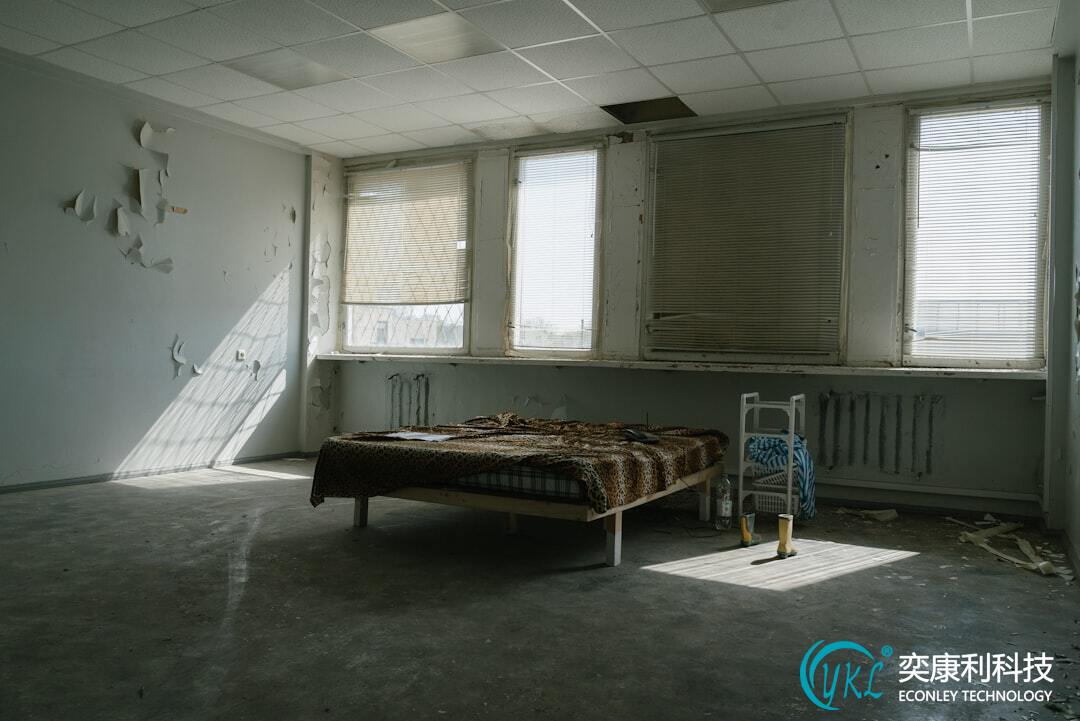 Service Hotline:13510328459
Service Hotline:13510328459
 205-206, 2nd Floor, Building 2, Xiazao Village Industrial Zone, Gaofeng Community, Dalang Street, Longhua District, Shenzhen City
205-206, 2nd Floor, Building 2, Xiazao Village Industrial Zone, Gaofeng Community, Dalang Street, Longhua District, Shenzhen City
 Service Hotline:13510328459
Service Hotline:13510328459
 205-206, 2nd Floor, Building 2, Xiazao Village Industrial Zone, Gaofeng Community, Dalang Street, Longhua District, Shenzhen City
205-206, 2nd Floor, Building 2, Xiazao Village Industrial Zone, Gaofeng Community, Dalang Street, Longhua District, Shenzhen City
Time:2025-10-16 Preview:
In the healthcare environment, maintaining patient privacy is more than just a courtesy—it's a necessity. Hospital bed privacy screens play a pivotal role in upholding this standard. These screens are essential for ensuring that patients feel comfortable and secure during their stay. Let's delve into the importance of privacy screens, the types available, and how to choose the right one for your facility.
Privacy in hospitals isn't solely about protecting sensitive information. It's also about providing a dignified space where patients can relax and recover. Hospital bed privacy screens offer a simple yet effective solution for creating personal space in shared hospital rooms.
Privacy screens serve multiple purposes:
Enhancing Comfort: They help create a sense of personal space, allowing patients to feel more at ease.
Facilitating Medical Procedures: Screens provide a barrier during examinations and procedures, promoting modesty.
Supporting Mental Health: By reducing exposure to the surrounding environment, screens can help decrease anxiety and stress.

There are various types of privacy screens designed to meet different needs and preferences.
A portable privacy screen is a flexible option that can be easily moved around the hospital. It's ideal for facilities that require frequent reconfiguration of space or need to provide temporary privacy on demand.
Ease of Movement: These screens are typically lightweight and come with wheels for easy transport.
Versatility: They can be used in various settings, including patient rooms, emergency departments, and even in outpatient areas.
Cost-Effective: Portable screens are often more affordable than permanent installations.
Medical privacy screens are designed specifically for use in healthcare settings. They are constructed with materials that are easy to clean and disinfect, which is crucial for maintaining hygiene standards.
Durability: Made from robust materials, these screens can withstand the wear and tear of a busy medical environment.
Hygienic: The surfaces are often treated to resist bacteria and other pathogens, making them easy to sanitize.
Aesthetic Options: Available in a range of colors and designs to match the hospital's interior decor.
Specifically tailored for use around hospital beds, these screens offer optimal coverage and privacy for patients.
Size and Coverage: Designed to fit around hospital beds, providing maximum privacy.
Customization: Available in different sizes to accommodate various bed types and configurations.
Stability: Often equipped with stable bases or securing mechanisms to ensure they stay in place.

Selecting the right privacy screen for your hospital involves considering several factors.
Before making a purchase, evaluate the specific needs of your facility:
Space Constraints: Consider the size of the rooms and the amount of space available for privacy screens.
Patient Demographics: Think about the types of patients you serve and their specific privacy needs.
Frequency of Use: Determine how often the screens will be used and in what settings.
The material of the privacy screen is a critical factor:
Ease of Cleaning: Choose materials that can be easily wiped down and disinfected.
Durability: Look for screens made from materials that can endure frequent use and cleaning.
Fire Resistance: Ensure the material complies with fire safety regulations.
While budget is always a concern, consider the long-term value of the privacy screen:
Initial Cost vs. Long-Term Use: A more expensive screen might offer better durability and require less frequent replacement.
Warranty: Check if the manufacturer offers a warranty, which can be an indicator of the product's longevity.

Regular maintenance is essential to ensure that privacy screens remain functional and hygienic.
Develop a cleaning protocol that aligns with hospital standards:
Routine Disinfection: Regularly disinfect the screens to prevent the spread of infection.
Spot Cleaning: Address any spills or stains immediately to maintain cleanliness.
Regularly inspect the screens for any signs of wear and tear:
Check for Damage: Look for tears, broken frames, or malfunctioning wheels.
Timely Repairs: Address any issues promptly to prevent further damage.
Hospital bed privacy screens are a vital component of patient care, providing comfort, dignity, and privacy. By understanding the different types of screens available and considering your facility's specific needs, you can choose the right screen to enhance patient experience. Remember, a well-chosen privacy screen is an investment in patient care and satisfaction.
by Joonas Sild (https://unsplash.com/@joonas1233)
Investing in high-quality privacy screens not only enhances the patient experience but also supports the overall functionality and efficiency of healthcare facilities. As you consider your options, prioritize factors such as durability, ease of use, and hygiene to ensure your choice meets the demands of your healthcare environment.
